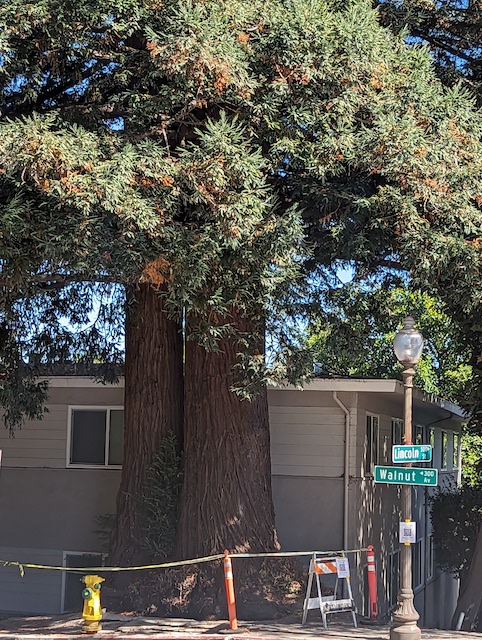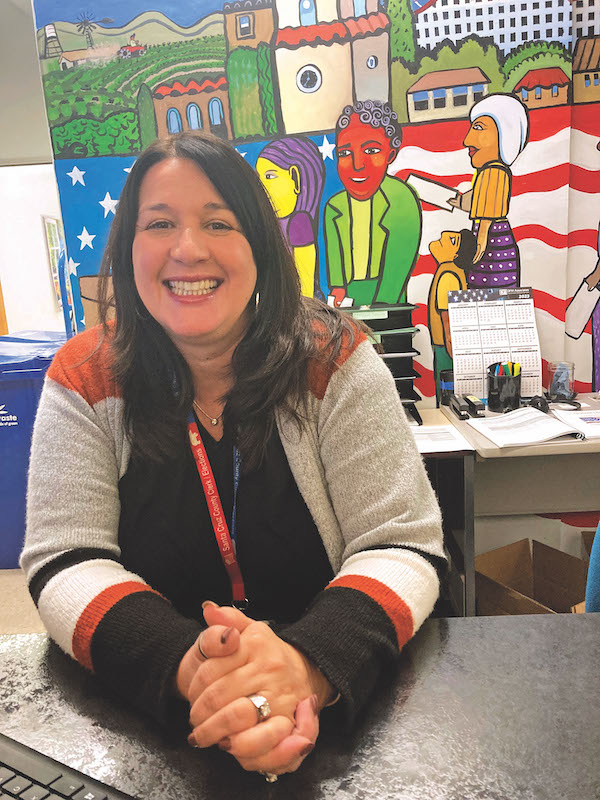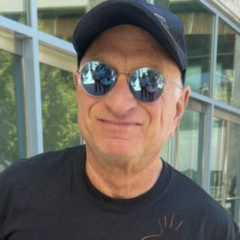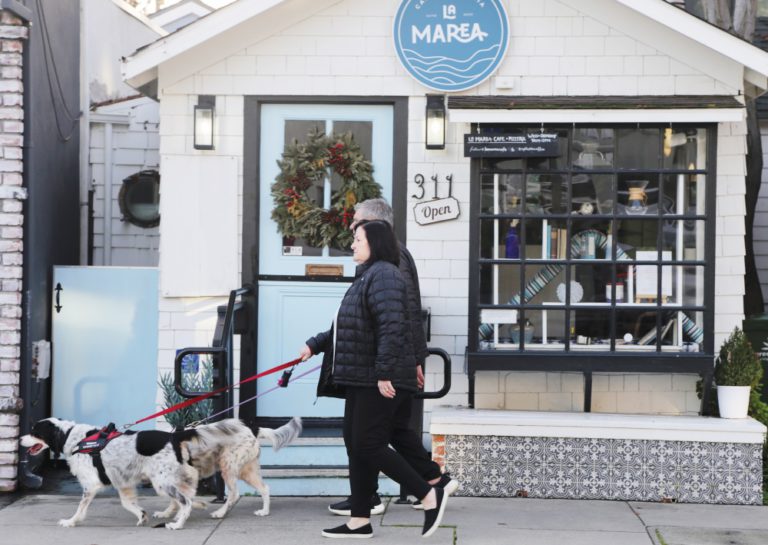There aren’t many bands who naturally ooze coolness quite like The Kills, the minimalist indie sleaze duo made up of Alison Mosshart and Jamie Hince.
Two rockers steeped in art and poetry, dripping in bohemian chic fashion behind dark sunglasses. Rebels with hearts of gold that thrive in the shadows of smokey dive bars. True to this reputation, Mosshart burned through three cigarettes in the 30 minutes we spoke without a care.
And this Saturday, February 3, they return to the Catalyst after seven years for the second date on their God Games tour.
After 23 years, 21 singles on the charts of 10 countries, six studio albums, and countless world tours as headliners–in addition to opening for artists like Guns ‘n Roses, Jack White and the Foo Fighters–one would expect a band like The Kills to write on the industry’s best and most expensive equipment available. Right?
“This is what it looks like,” explains Mosshart holding up a small, MIDI keyboard controller to the screen.
“It’s a $100 MPK Mini, about the size of my head and essentially a toy.”
Yet it’s on this unassuming keyboard that she wrote most of her songs from the band’s latest album, 2023’s God Games.
“It’s a real 50-50 record,” she says. “Half the songs I wrote and half the songs he wrote.”
It’s the first time she followed her process down the keyboard route but she’s confident it won’t be the last.
“There’s like a thousand, million things I get to do on it and I feel like I can explore that for a long time,” she pauses then adds with a laugh. “And hopefully get better at it!”
The last time we caught up with The Kills in 2017 they just released their fifth studio album, Ash & Ice, their most ambitious to date at the time. Now they’re armed with a dozen new songs that find the band coming into their own with a bolder, more dynamic sound.
“I think we’ve gotten better at frequencies,” Mosshart states. “The drums–the rhythm tracks–are much more involved so there’s a lot more sonic layers to them.”
The evidence is built throughout the entire record from opening track “New York” with its marching band horns, to the crescendoing finale of Hince’s gritty guitar riffs and drums on “103” to the haunting choir-like vocals on “Bullet Sound.”
The final track, “Better Days” is a perfect example of what The Kills do best: creating a stripped down sound giving the song room to breathe while still building bold layers with lonesome chords. Its Spanish feel ties into the album artwork of a matador and a bull eye-to-eye in a tense dance in the ring.
Along with Hince and Mosshart, a third person had a not-so-invisible hand in reaching the acoustics required for God Games, producer Paul Epworth. In addition to his six Grammys, one Academy Award and catalog of A-listers he’s worked with like Adele, Rihanna, Florence & the Machine, Epworth was the first sound guy The Kills took on tour in 2002.
“It was like, ‘How can we make this really sick?’ Not even frequencies you can hear but that you can feel,” Mosshart says of working with Epworth.
“[Epworth]’s incredible at that. It’s what he does all the time: make big records. I don’t know how the fuck people do that shit” she laughs.
Afterall, a record named God Games demands a big sound. In other interviews Hince described it as a collection of “atheist gospels,” which falls so perfectly in the paradox that is The Kills. A duo with a concentrated, louder-than-life sound juxtaposed with tongue-in-cheek enigmatic lyrics like “I picked a bad time to feel this good” on the track, “My Girls My Girls”. Untouchable coolness and swagger but very down to earth, personable personalities. Seasoned, celebrity musicians who write on $100 keyboards.
They often refer to one another as “soulmates” in the press, their platonic relationship confusing onlookers. Which, of course, they could care less about.
“We’re so lucky to have found each other,” she says. “I always tell people, ‘If you can have one relationship like that in your life, you’re the luckiest person.’ But to have it in a creative relationship is so powerful. It’s freeing.” INFO: 9pm, The Catalyst, 1011 Pacific Ave., Santa Cruz. $47. 713-5492





























